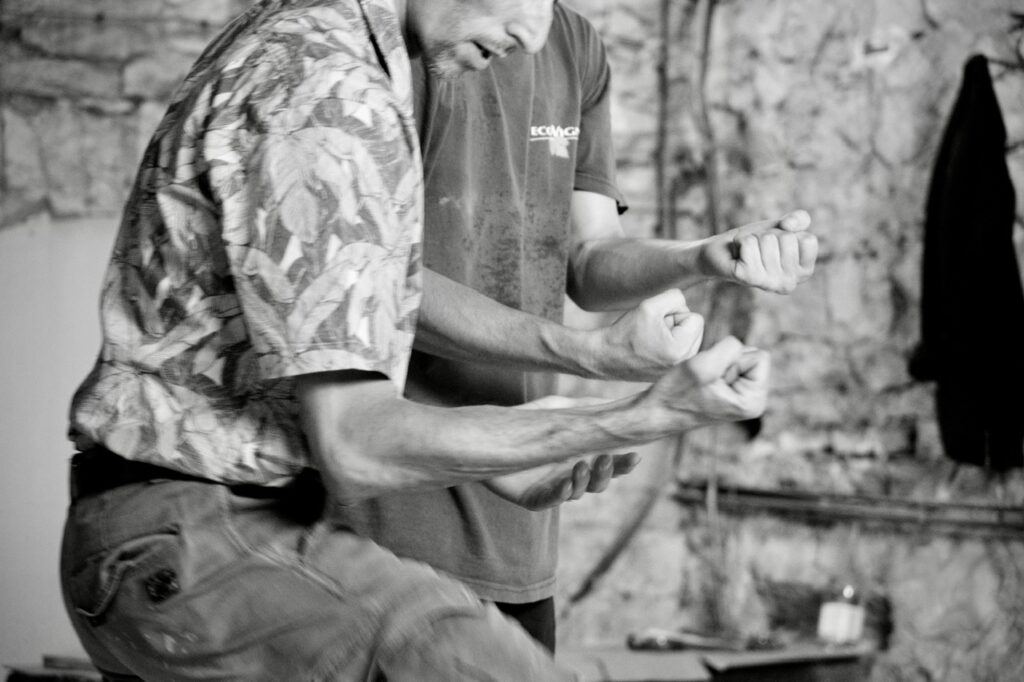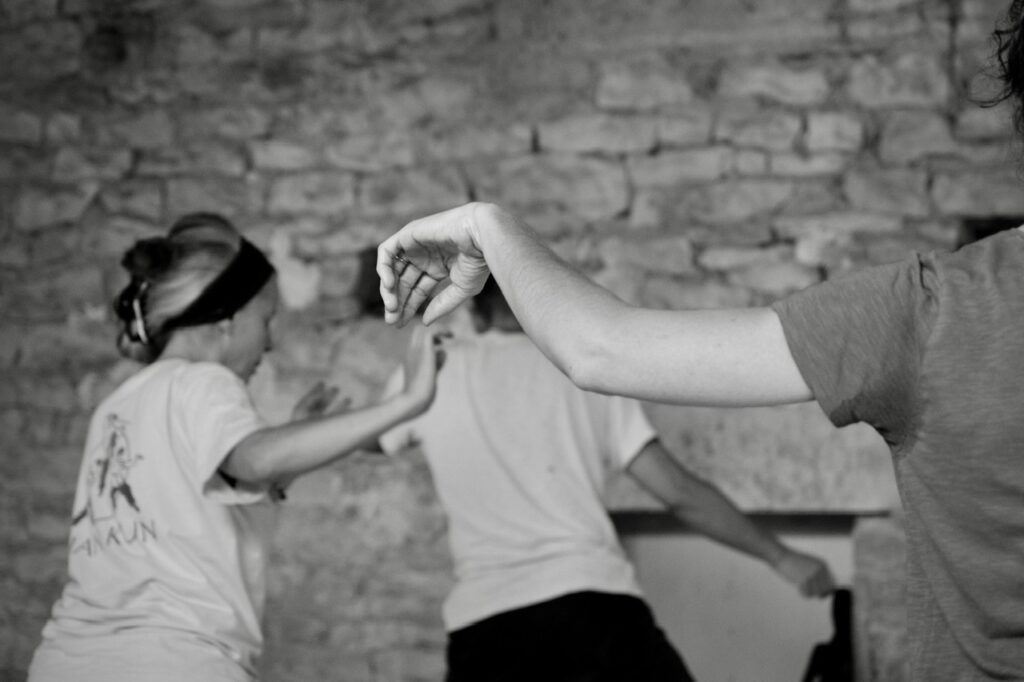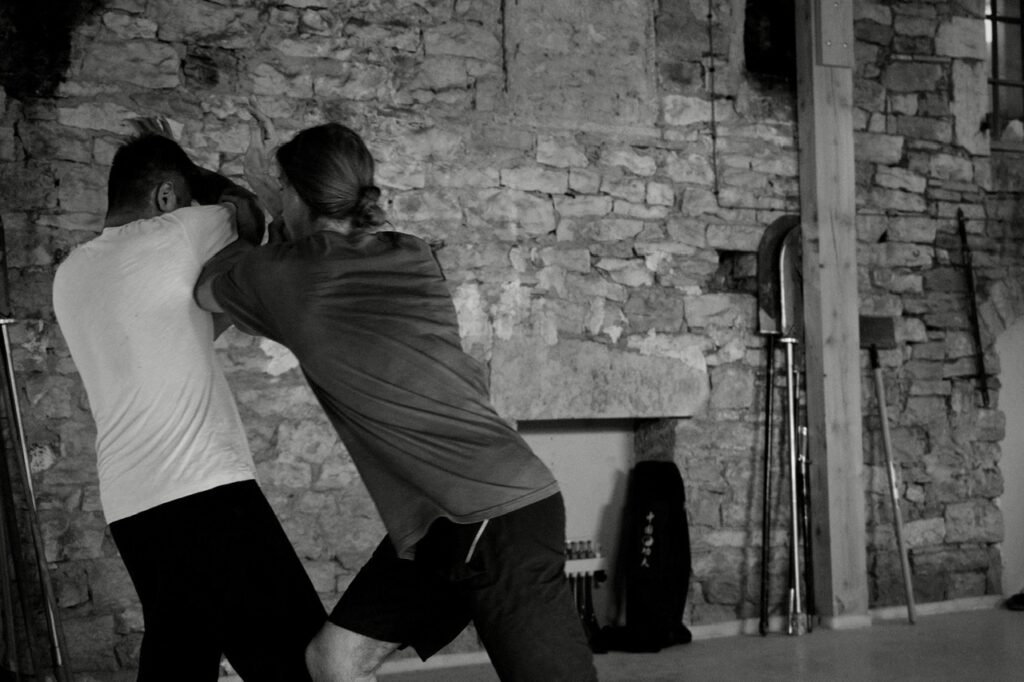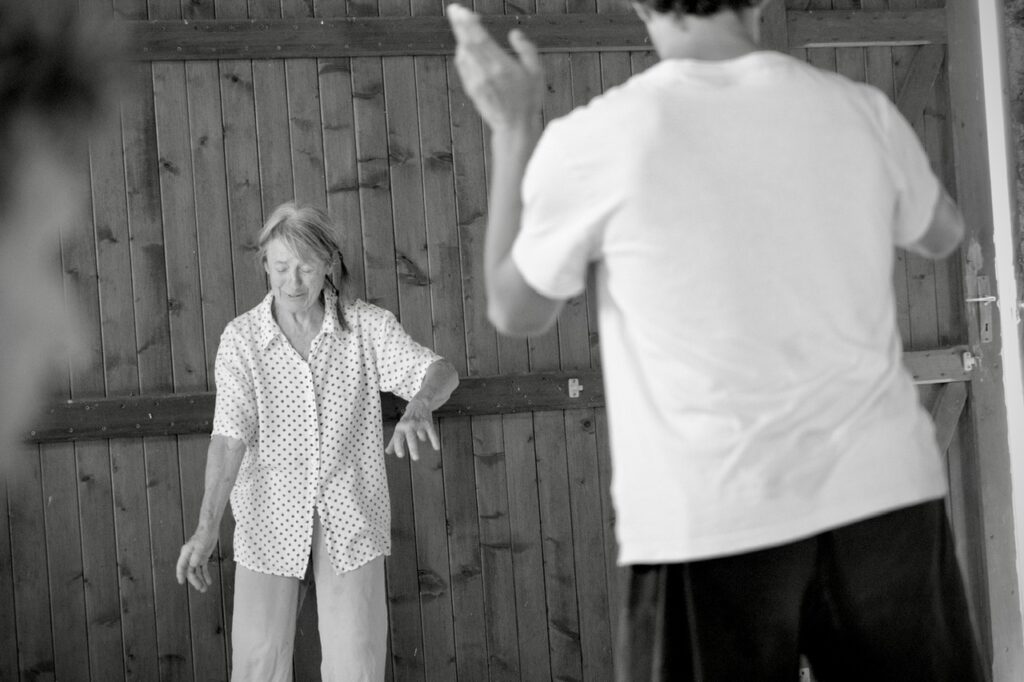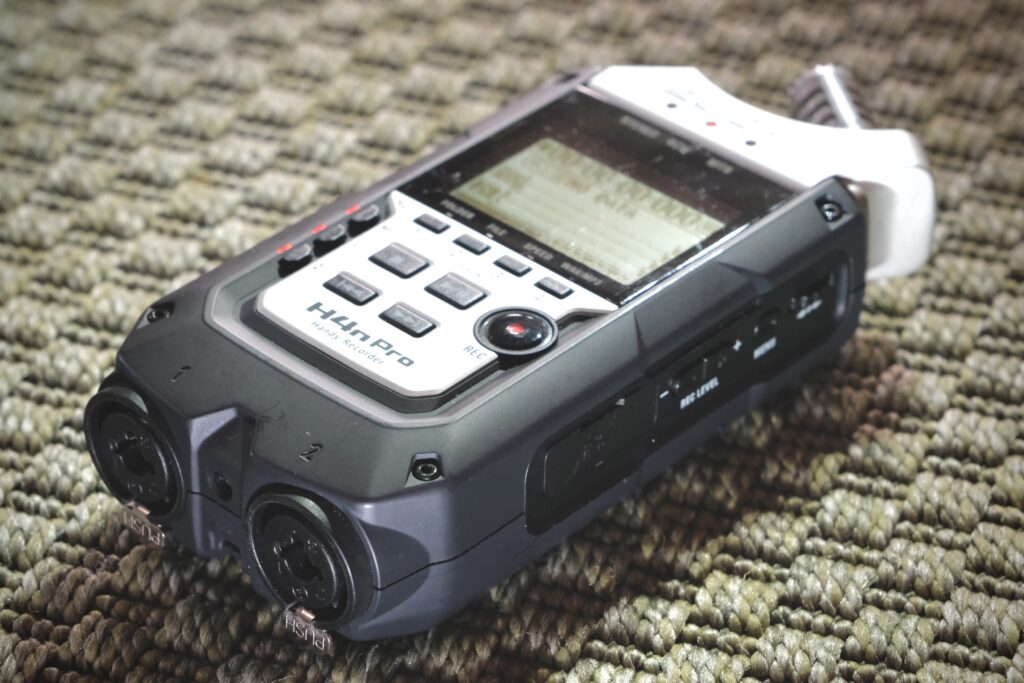
Projet d’ethnographie sonore de l’enseignement du taijiquan

(initiative expérimentale)
20 ans de pratique, expériences d’enseignement

Projet d’ethnographie sonore de l’enseignement du taijiquan

(initiative expérimentale)
While living in Seattle in 2008, I was hired by a man from Kirghizistan. He had been half-paralyzed by a strike of lightning 10 years prior, and had healed thanks to strictly following the teachings of a Qi-Gong master. The day before we met, I was telling a friend the first story in the book « Musicophilia » (by Oliver Sacks): a man was struck by lightning, survived, started hearing piano in his head. He got so obsessed that he bought a piano and started practising. His wife left him, he left his job as a surgeon, and became a renowned classical concert piano player. So I was intrigued. To make a long story short, I became his assistant and translator, because his english was poor – Russian was his main language. His thing was to teach Qi-Gong together with « The TRIZ method« , a method invented by a Russian engineer to face unusual situations. So here we were, in a facility with social workers and educators in Renton, way south in the suburbs of Seattle: a Kirghiz guy teaching Qi-Gong and Triz in Russian to teenage high-school dropouts in a re-engagement program, translated by a Frenchman! After a few months, he let go and quit because he didn’t find satisfaction. I held on and became a taijiquan instructor for these kids. I loved it.
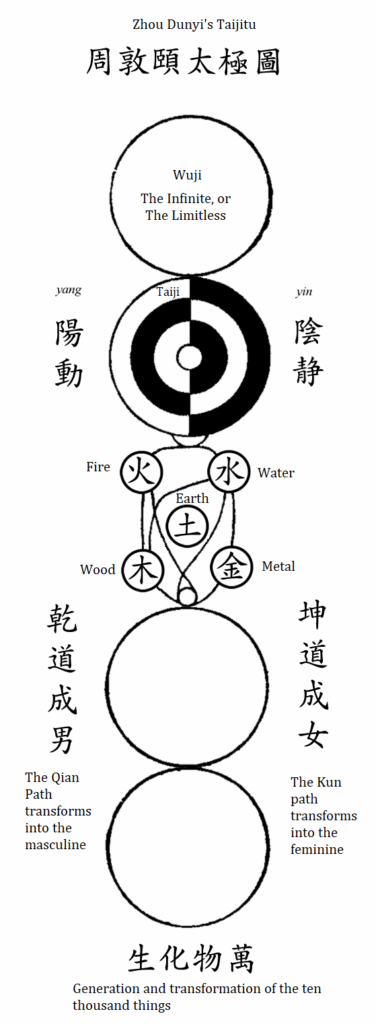
Le Taiji Quan est un art martial (武术 ; wǔshù) d’origine Chinoise ayant vu le jour au 17èmesiècle à Chenjiagou dans le Henan au sein d’une famille nommée Chen. Sa pratique a pour objectif de développer des compétences (功夫 ; gōngfū1), sur le plan prophylactique et sur l’efficacité au combat.
Il fait partie des arts-martiaux internes (内家 ; nèijiā), qui développent l’énergie interne(内功 ; nèigōng), en comparaison aux styles externes (外家 ; wàijiā), qui développent l’énergie externe (外功 ; wàigōng). Les Qigong (气功 ; qìgōng : travail de l’énergie, ou, compétences énergétiques) proviennent très majoritairement des arts-martiaux2.
Le Taiji Quan s’inscrit parmi les Qigong dynamiques. On dit aussi qu’il est un Qigong de haut niveau. Il est considéré comme une branche de la médecine chinoise, étant depuis plusieurs décennies assimilé massivement par la population Chinoise comme une pratique prophylactique courante, et employé cliniquement à des fins thérapeutiques.
Source: www.chansi.fr

Périodes précieuses de travail intensif approfondi, en continu sur plusieurs jours, plusieurs fois dans l’année.
